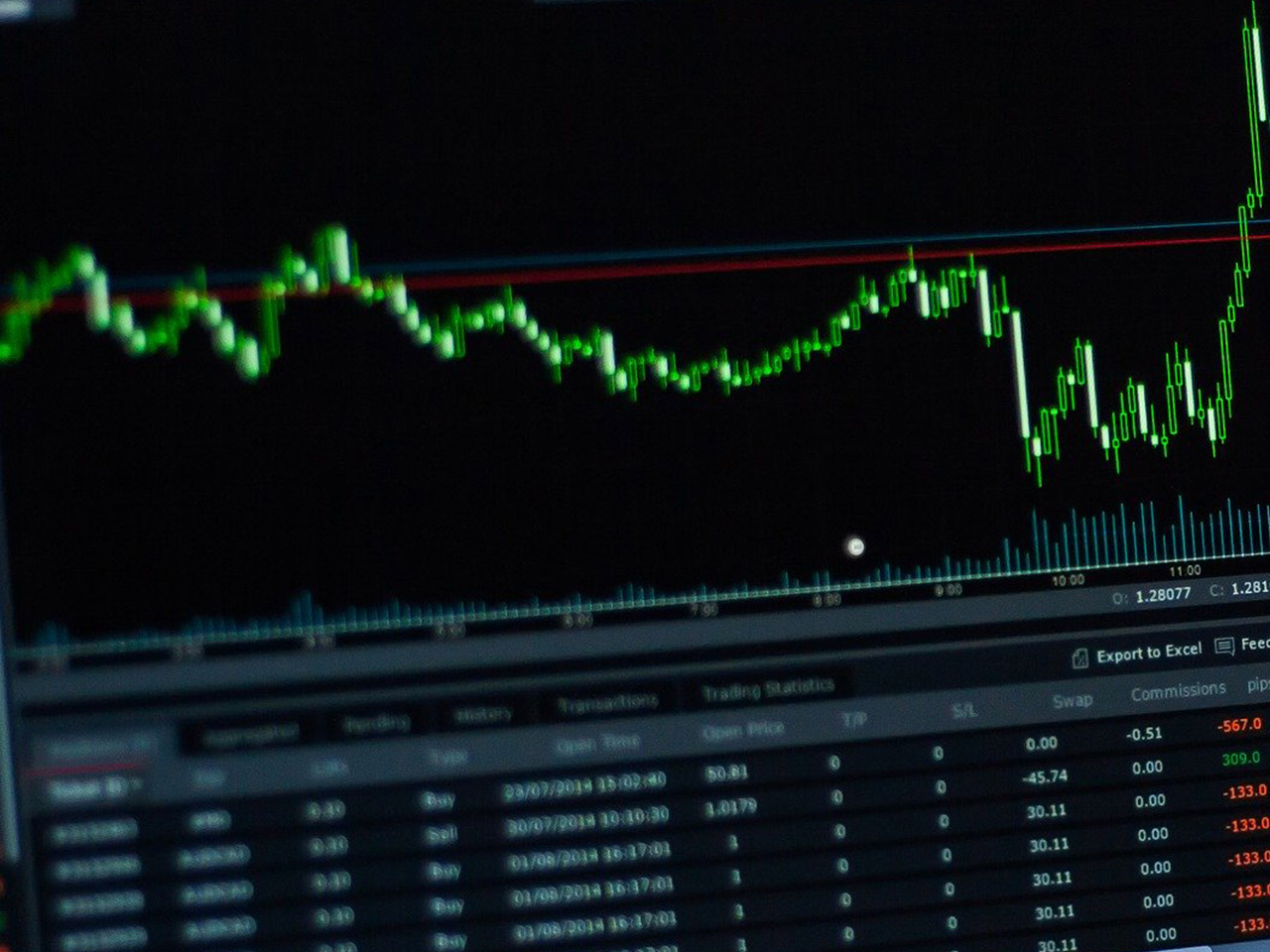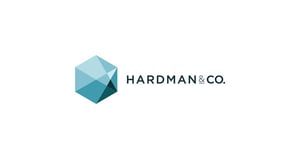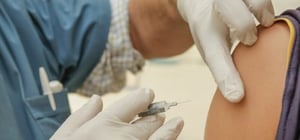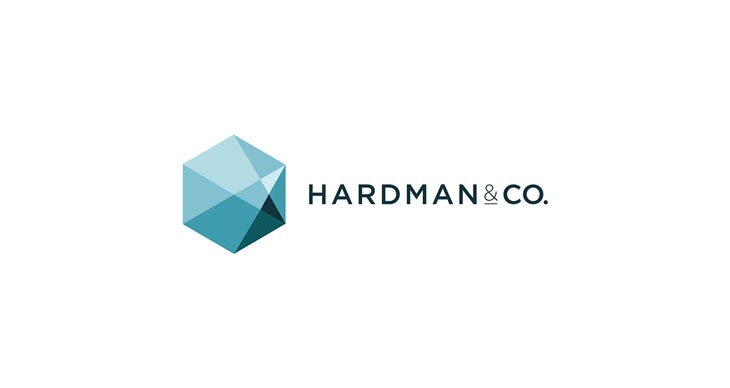89bio, Inc. (NASDAQ: ETNB), a clinical-stage biopharmaceutical company, has been attracting significant attention from investors, particularly due to its substantial potential upside of 233.78%. Specializing in the development and commercialization of therapies for liver and cardio-metabolic diseases, 89bio’s lead product, pegozafermin, is paving the way for groundbreaking treatments in metabolic dysfunction-associated steatohepatitis (MASH) and hypertriglyceridemia.
With a current market capitalization of $1.3 billion, 89bio operates within the vibrant and innovation-driven biotechnology sector. The company, founded in 2018 and headquartered in San Francisco, is uniquely positioned to take advantage of the growing demand for targeted therapies in the healthcare industry.
Despite a current stock price of $8.77, which reflects a minor dip of 0.40 (-0.04%), 89bio’s stock has demonstrated resilience within its 52-week range of $4.83 to $11.66. Its technical indicators provide a mixed picture: the RSI (14) sits at a relatively high 70.00, signaling that the stock may be overbought, while the MACD and Signal Line figures suggest cautious momentum.
Remarkably, the average analyst target price stands at $29.27, with forecasts ranging from $11.00 to a bullish $55.00. This optimistic outlook is backed by strong analyst confidence, with 9 buy ratings and just 2 hold ratings, and no sell recommendations. Such robust analyst support is a testament to the market’s faith in 89bio’s innovation pipeline and strategic direction.
However, the company’s financials reveal the challenges typical of early-stage biotech firms. The absence of a P/E ratio, coupled with a negative forward P/E of -3.78, highlights ongoing development costs and the lack of profitability. Additionally, the negative EPS of -3.69 and a return on equity of -86.86% reflect significant investment in R&D, not uncommon for firms in the clinical trial phase.
The company’s free cash flow is notably negative at -$257.7 million, indicative of its capital-intensive operations and the high costs associated with clinical trials. Yet, this financial commitment underscores 89bio’s aggressive pursuit of bringing innovative treatments to market. The absence of a dividend yield aligns with its strategy of reinvesting earnings into research and growth.
For investors, 89bio presents a high-risk, high-reward scenario. The potential for substantial returns hinges on the successful advancement of pegozafermin through clinical trials and eventual regulatory approval. Given the transformative potential of its lead candidate, the company could significantly alter the therapeutic landscape for metabolic diseases.
As with any investment in the biotech sector, prospective investors should weigh the inherent risks and volatility against the promising upside. The journey from clinical development to market approval is fraught with challenges, but for those with a robust risk appetite, 89bio offers a compelling opportunity to participate in the next wave of biopharmaceutical innovation.





































